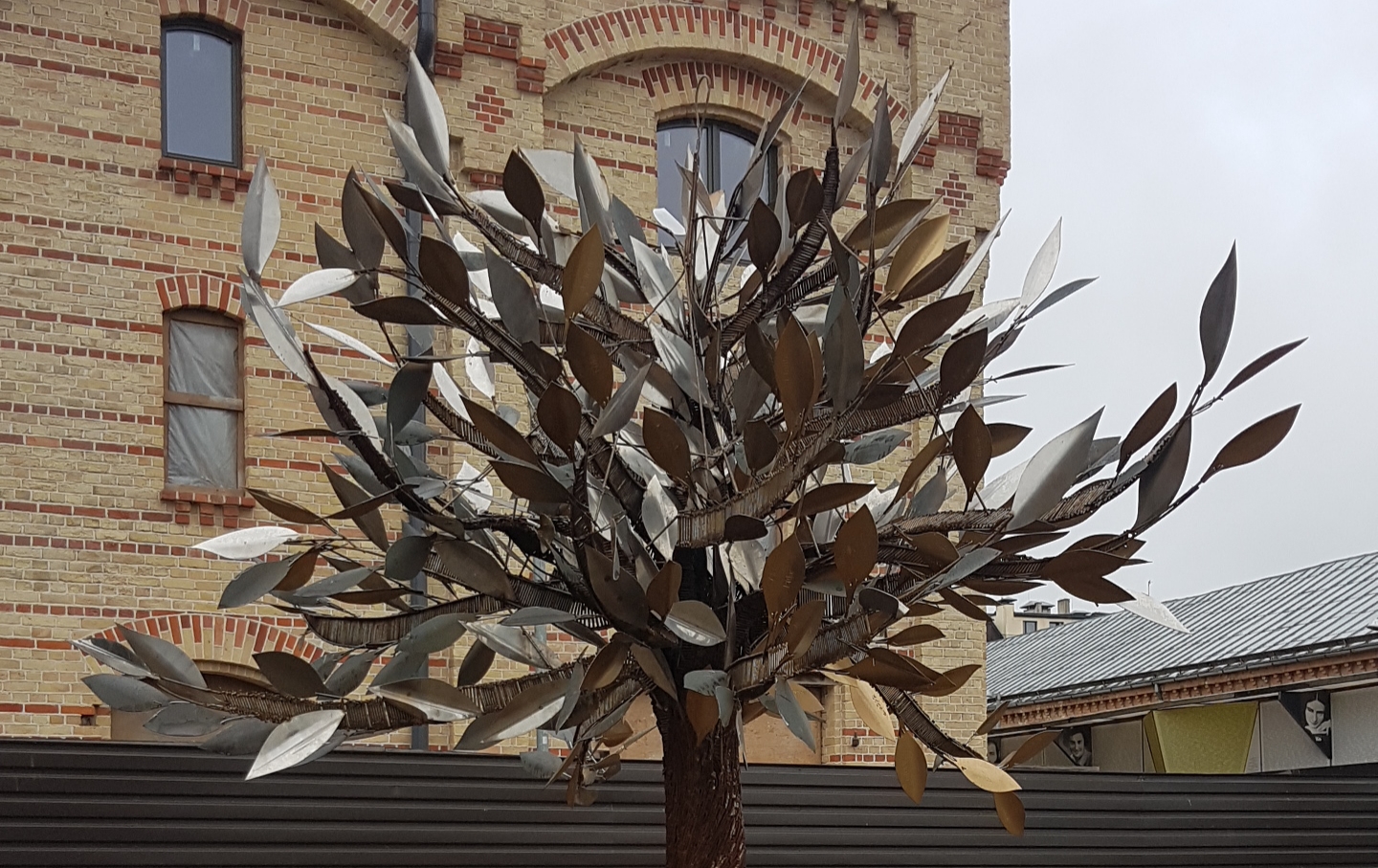
We have been in pursuit of educational activities for the children for the duration of our travels, but I was in two minds about today's history lesson. With Jowan having literally just turned eleven (his birthday was yesterday), I thought they were old enough to visit the Riga Ghetto museum and learn some more about the Holocaust.
Being in the Baltics has been a learning experience already - for us as much as the kids. Even though the Soviet occupation of the Baltics continued during our lifetime, me and James knew very little about it, but the culture difference between our life in the UK and countries that have only recently been able to embrace freedom from an oppressive regime is quite evident here, and the legacy of the USSR's version of communism.
We had a late start, and it was about 3.30pm before we entered the museum. It was free but accepting donations, and of course there was no question about whether we were going to make one. It was raining this morning, part of the reason for the delay in going out, and still drizzly and grey this afternoon. Most of the museum is based outside but we were greeted and directed to an indoor part of the museum.
This first exhibition dealt with the Armenian genocide, something we were completely unaware of. Predating Hitler's Holocaust, it was the genocide of Armenians in the Ottoman empire by the Young Turks. It provided some background to the events, because German officials were aware of it, and if not actively endorsing what was being done, still supporting Turkey at the time.
The details made for very difficult reading, and there was a lot to read. Once out of the first exhibition, we walked around the outside courtyard, which had one of the original ghetto houses, replica fencing around the outside, and a replica of one of the train trucks used to transport Jews from Germany and other places, as once the ghetto had been 'liquidated' of Latvian Jews (in their words), it was used to house Jews from Germany, Lithuania and other places.
It was a very moving, sensitive and well done set of exhibits on a very difficult topic. I think it was hard for the children to grasp the scale of the events, but I hope that what they have seen will stay with them and provide some insight. In light of current world events, it's important for them to see how such terrible events can come about in what we consider to be 'civilised' countries. If you find yourself in Riga, I thoroughly recommend a visit.
Or you can take a virtual tour here
Published on Monday 2 July 2018
Comments